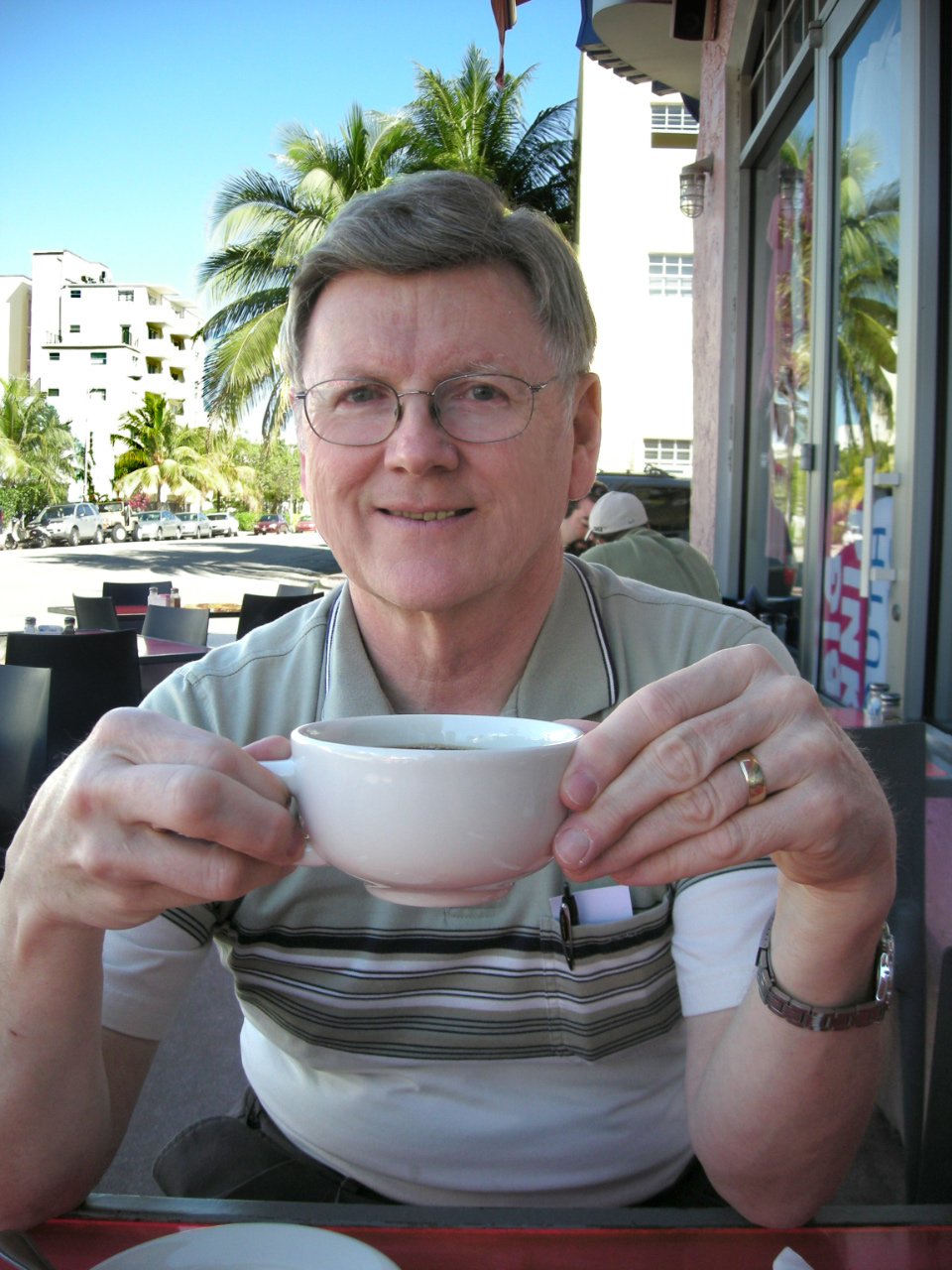So how does that stove operate? Bottled gas. That cabinet just to the right of the stove contains a large blue bottle of gas.


That leaves a little bit of space for onions but not much else. I plan to add some shelving in the future though. We only use the gas for cooking. Many people also heat their hot water with it.
Gas is generally cheap and readily available. If you need a replacement bottle (known locally as a "bomb") you just let the bawab know. Think of a bawab as a doorman. This New York Times article presents a rather negative stereotypical view of the bawab but gets the idea across.
Your bawab will flag down a passing gas salesman. These folks are easily found because they come down the streets banging on their bottles with a wrench and shouting out the Arabic word for the product.

The bawab and the seller will exchange "bombs" for you. You settle up the money with the bawab. While they work, it's lunch time for the gas seller's donkey.

Our stove has an installation manual that I think recommends using soap bubbles to check the connection to the bottle. The manual definitely advises against using a match. I can tell that much from the next picture even without an English translation. Nevertheless, the friend and his bawab who installed our first bottle used the match test. This didn't bother me since my dad used to use the same test back in the 1950s.

There does not appear to be any odorant added to the gas in Egypt. I suppose that the consequences of opening a burner valve and then not pressing the igniter button on your stove could be quite severe but I don't hear of this happening much.









































